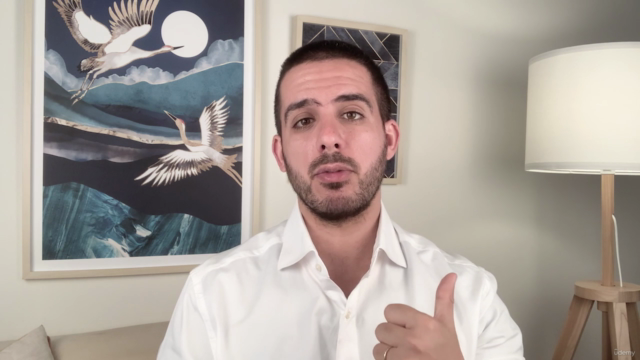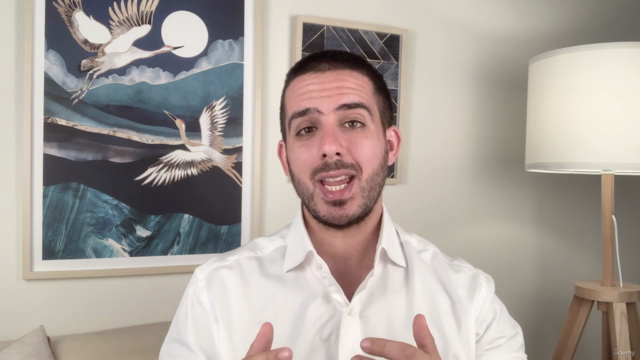Persuasion in Business Communication and Executive Presence

Why take this course?
20 principles and 30 technique descriptions are too extensive to cover in a single response, but I'll provide an overview of some of the key concepts from Robert Cialdini's influential book "Influence: The Psychology of Persuasion." Here's a summary of the principles and techniques based on the list you provided:
20 Principles Based on Cialdini's Work:
- Reciprocity: People feel obliged to return favors after receiving them.
- Commitment and Consistency: Once people commit to something, they are more likely to follow through because of their desire for consistency.
- Social Proof: Humans naturally mimic the actions of others.
- Authority: People tend to look up to and obey authority figures.
- Liking: People prefer to say yes to those they know and like.
- Scarcity: Scarcity often creates a sense of urgency and drives people to act quickly to avoid missing out.
- Authority (Reiterated): More on the psychological mechanisms that make us defer to authority figures.
- Consistency (Reiterated): Explaining your actions to others commits you to those actions.
- Likability (Reiterated): If you're friends with someone, they're more likely to do what you ask.
- Consensus (Reiterated): People are heavily influenced by the opinions and behaviors of a group.
- Peer Validation: People are often persuaded by the appearance of social endorsement from their peers.
- Simplicity: Offers with fewer options seem more tempting.
- Optimal Pricing: Pricing something as either significantly lower or higher than the norm can make it seem more attractive when priced at market value.
- Contrast (Reiterated): Objects are perceived as more attractive relative to their surrounding options.
- Pricing Strategy (Reiterated): Using comparison pricing to influence how people perceive the value of an item.
- Social Proof (Reiterated): A key component of persuasion is showing that others approve of something.
- Authority (Reiterated): People are easily persuaded by someone in a position of authority.
- "Weaving": Placing yourself among a group of experts to gain some of their perceived prestige.
- Streamlining: Simplifying the process makes it more appealing and easier to follow through with.
- Salience: Salient choices—those that stand out—are more likely to be chosen.
Additional Techniques Based on Cialdini's Work:
- Recency-Primacy Effect: People remember the last thing they heard or saw and the first, especially under stress.
- Decoy Options (Middle Option Effect): Introducing an unattractive option can make one of the other options more appealing.
- Future Lock-In: Offering a small advantage now in exchange for a commitment to a future purchase or action.
- Justifications: Providing reasons, even simple ones, can make a request more persuasive.
- Eliciting Multiple Reasons or Examples: Asking for multiple justifications can deepen commitment to the choice made.
- Intent Labeling in Closing: Encouraging someone to state their intention ("I will do this") can increase commitment.
- Using Bold Propositions, Names, and Stimuli: The more something stands out, the more likely it is to be remembered and considered.
- Peak-End Effect: People judge experiences based on their most intense moment and their end.
- Recency: The last piece of information received can influence decision-making significantly.
- Salience in Presentations: Making key points or data stand out to ensure they are remembered.
- Emotional vs. Logical Appeals: Tailoring your persuasive approach based on the person's inclination—improving the "basket" for emotional types, and focusing on logical elements like price or features for more analytically inclined individuals.
- Bizarreness Effect: Sometimes, unusual or quirky details can make a message more memorable.
These principles and techniques are not exhaustive but provide a framework for understanding how persuasion works. Cialdini's work has been influential in various fields, including marketing, sales, negotiations, and interpersonal communication. Understanding these principles can help you craft messages and proposals that are more likely to be well-received and acted upon.
Course Gallery




Loading charts...